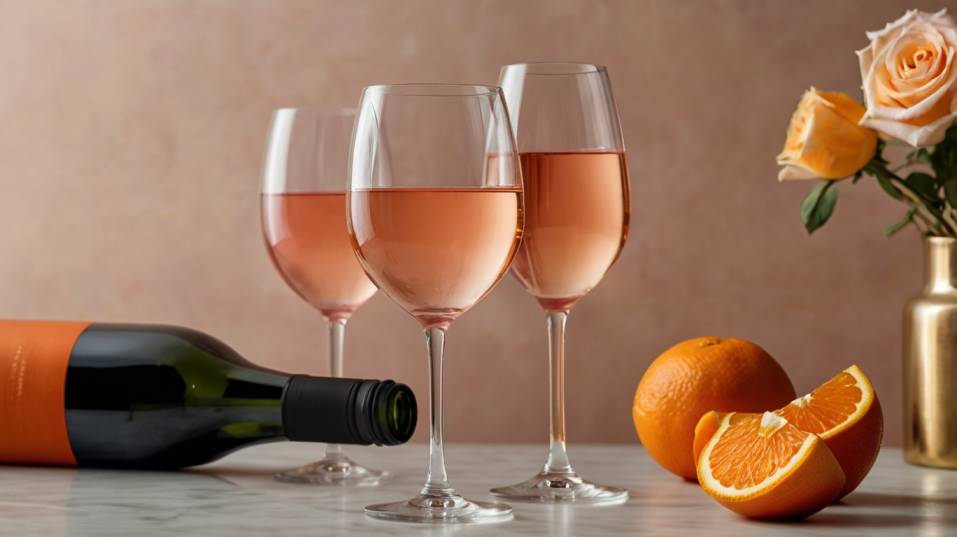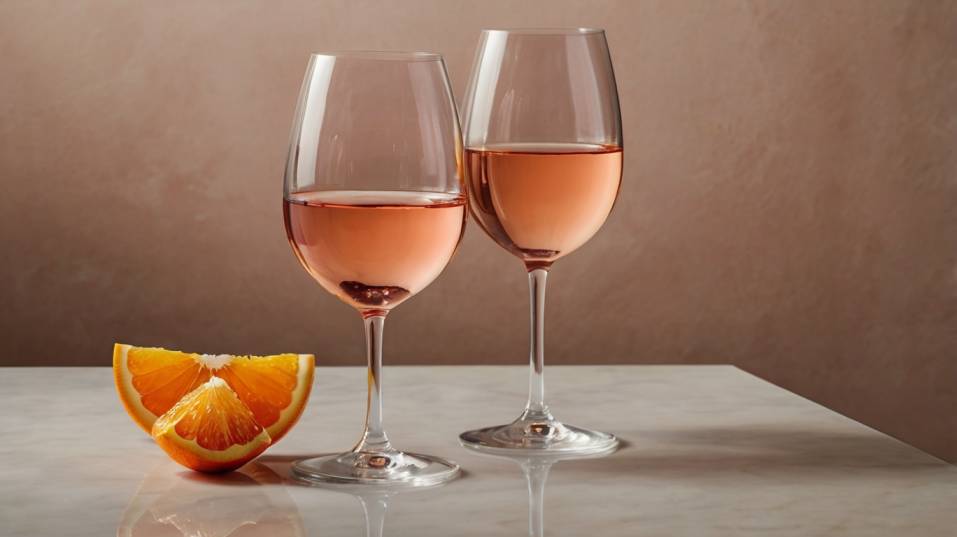What to Drink When You’re Not in the Mood for Red or White
Not in the mood for red or white? Discover bold, expressive alternatives—from skin-contact whites to chillable reds—that fit how you drink.

What if the best wine for your mood isn’t red or white at all? If you’ve ever stared at a shelf full of bottles and felt uninspired, you’re not alone.
Maybe red feels too heavy, white too bland. The good news? Some of the most expressive, mood-matching wines exist beyond that binary.
Whether you're after texture, refreshment, or something layered but surprising, it’s time to break free from color-coded thinking and drink what actually fits how you feel.
Stop Letting Color Make the Choice for You
Wine color is the most misleading shortcut in the industry. Red doesn’t always mean bold. White doesn’t always mean light. And your mood, palate, or pairing ideas don’t always line up with such rigid categories.
Instead, flip the script. Ask yourself what you want to experience in the glass. Are you looking for refreshment or comfort? Do you want something sharp and linear, or textured and generous?
Once you start using these sensory cues to guide you—not just color—you open up an entire world of wines that are better suited to the way you eat, drink, and live.
Rosé: Not a Compromise, a Category
The myth that rosé is just a watered-down red or a summery white needs to go. Serious rosés can be structured, mineral-driven, even age-worthy.
The difference comes down to intention. A good rosé isn’t a byproduct—it’s made to be rosé from the start, with grapes harvested at the right time and vinified with balance in mind.

Look for regions that take rosé seriously: Tavel in the Rhône, where the wines are fuller-bodied and often treated like light reds; Provence, which nails that saline, pale-pink style built for food; Spain’s Navarra, where Garnacha-based rosés deliver grip and spice.
These wines can stand up to far more than salad or brunch—they work beautifully with spice, acid, and richness: think roasted red pepper, jamón, or oily grilled fish.
Rosé is also one of the few styles that consistently bridges the gap between light refreshment and flavor impact. That middle space—so elusive in whites and reds—is where rosé thrives.
Orange Wine: A White with Soul
When white wine is fermented on its skins—like a red—it becomes orange wine. This isn’t about a flavor gimmick or trend. It’s a return to some of the oldest winemaking techniques in the world. And it changes everything.
Skin contact gives white grapes structure, body, and a savory, almost tactile quality you don’t find in conventional whites.
Orange wines can taste like apricot, dried herbs, marmalade, black tea, or even pickled ginger. But the real value isn’t just in the flavor—it’s in the tension. These wines have acidity and texture. Fruit and funk. Lift and grip.
If you’re just starting out, seek out approachable, balanced versions from Friuli (Italy), Styria (Austria), or Slovenia.
They’ll give you clarity without overwhelming funk. Want to go deeper? Try traditional Georgian amber wines fermented in qvevri (clay vessels), which tend to be more tannic, oxidative, and rustic.
Orange wine can be polarizing. That’s good. It stretches your palate, teaches you about fermentation and extraction, and rewards mindful drinking.
Drink it with spice, fermented foods, or strong cheeses. Or drink it alone, slightly chilled, and let it unfold in the glass.
Sparkling Wine: More Than a Celebration
Bubbles are not just for New Year’s Eve or weddings. Dry sparkling wines—done right—are among the most versatile, mood-enhancing wines available.
They offer refreshment and complexity, texture and precision. The secret is treating them as an everyday option, not a special occasion accessory.
What to Look For
Champagne is the benchmark, but not the only option. For budget-friendly versions with real depth, try:
- Cava (Spain)
- Crémant (France)
- Traditional-method sparklings from South Africa or Tasmania
Look for terms like Brut Nature or Extra Brut if you want crispness and zero sugar.
The Case for Pet-Nat
For something less rigid and more playful, Pet-Nats (short for pétillant naturel) are increasingly worth exploring.
These wines are bottled before fermentation finishes, which traps a gentle spritz and often leaves a bit of haze or funk. Styles vary widely—some are bone-dry, some slightly off-dry, some fruity, some mineral. But they’re always full of character.
Food Pairing Flexibility
Sparkling wines are a cheat code for food. Fried chicken, sushi, hard cheeses, oysters, popcorn, salty chips—it all works. And because of their high acidity and effervescence, they’re the wines most likely to wake up a dull palate.
Rethink How You Serve Wine
Temperature matters more than most people realize. A simple shift can completely transform a wine you already own.
Chill Your Reds, Warm Your Whites
- Light reds like Gamay, Zweigelt, or Poulsard come alive with a slight chill—about 50–55°F. That coolness makes the fruit feel fresher and the body leaner.
- Fuller whites like Chenin Blanc, Semillon, or white Rioja should never be ice-cold. Let them warm up to about 55°F so their aromatics and texture can fully express.
Sometimes you don’t need a different type of wine—you just need to treat it differently. Use this trick when nothing sounds good. Often, a too-warm red or a fridge-frozen white is the real problem.
Learn to Read the Wine, Not the Label
One of the fastest ways to improve as a wine drinker is to stop fixating on grape or region—and start recognizing style. Ask better questions.
Don’t just say, “I like Sauvignon Blanc.” Instead: Do I like wines that are sharp and green? Or wines that are round and floral?
Orange wines, skin-contact whites, sparkling wines, chillable reds—they don’t always come with familiar grapes or easy labels. That’s part of what makes them valuable. They train your palate to look for characteristics, not marketing.
Know the Techniques That Matter
Technique is your compass. Once you learn to recognize the effects of:
- Skin contact
- Lees aging
- Oxidative handling
- Carbonic maceration
You’ll never choose blind again. You’ll be tasting like a winemaker—looking past color to find clarity, structure, and soul.
Final Thoughts
If red feels too heavy and white feels too sharp, that’s not a dead-end—it’s a doorway. The best wines for those in-between moods live outside the usual boxes: structured rosé, skin-contact whites, bright sparklings, chillable reds.
They’re not alternative choices. They’re better tools for how you actually drink. So try something new tonight. Ask for an orange wine the next time you’re out. Chill a red. Open a Pet-Nat with takeout.
Every time you taste outside the lines, you get closer to building a palate that’s confident, curious, and real.
Because great wine isn’t about choosing the right bottle. It’s about knowing what you’re in the mood to feel—and having the skill to find it.




